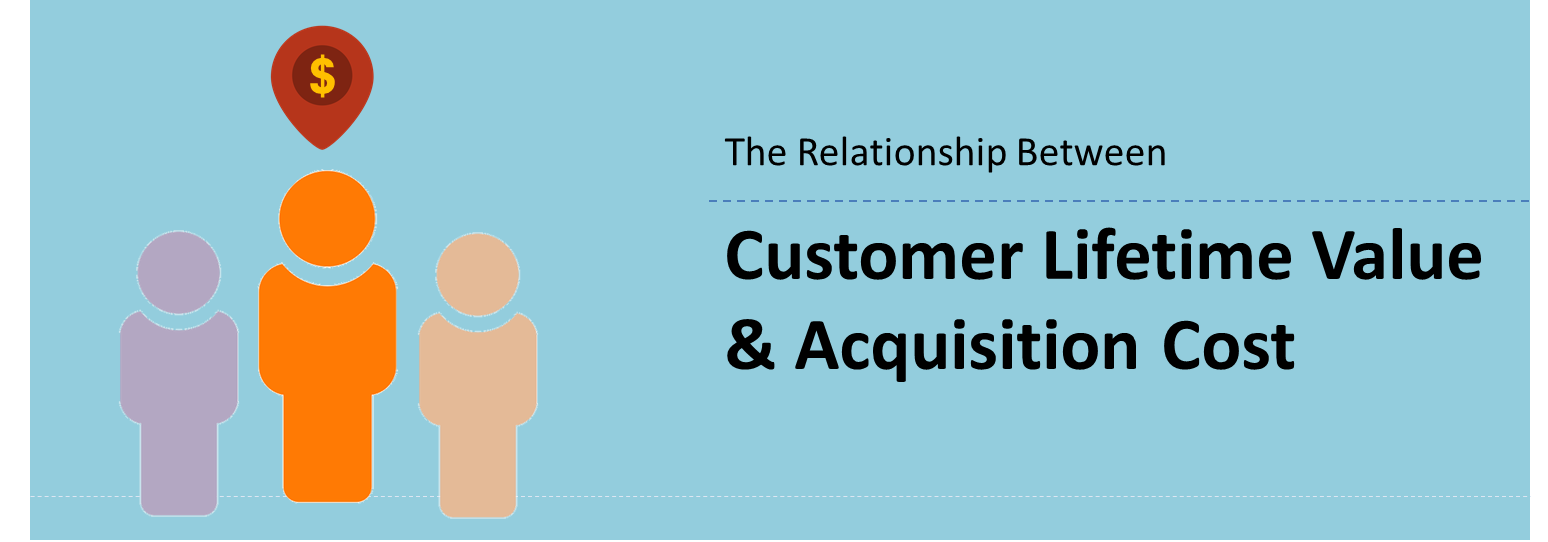

ROI in Marketing: Lifetime Value (LTV) & Customer Acquisition Cost (CAC)


Did you know that these two ROI metrics: Customer Acquisition Cost (CAC) and Customer Lifetime Value (LTV) are quite popular on Google?
A Google search for “Customer Acquisition Cost” turned up about 11 million results, while “Customer Lifetime Value” got about 5 million results.
Now that’s a lot of results!
Based on that we want to introduce a related metric called the Ratio of Customer Lifetime Value to Customer Acquisition Cost (LTV: CAC). While this ROI metric may not be as widely-known as the other two (Google search yielded just 300,000 results), we think that it is just as valuable in demonstrating Marketing ROI.
Understanding CAC and LTV
Before we delve into LTV: CAC and why it matters, let’s examine its two components:
|
|
What is it |
Components |
Importance to marketing ROI |
Limitations in proving ROI |
|
Customer Lifetime Value (LTV) |
Estimated revenue that a company gains from its customers |
Reducing churn rate, boosting customer satisfaction, loyalty and trust |
Measures efforts in nurturing customer relationships |
Says little about how much is spent on new customers |
|
Customer Acquisition Cost (CAC) |
How much a company spends to acquire new customers |
Costs include outbound marketing, sales team base and commission, public relations |
Measures sales and marketing efficiency |
Says little about what you are buying vis-à-vis revenue made |
As shown, LTV and CAC are simply two sides of the same coin. A high CAC is not necessarily bad if you are raking in plenty of revenue. And a low LTV isn’t too bad if your acquisition cost is far lower.
This is where LTV:CAC comes in. It is calculated by first computing the LTV and CAC, then getting the ratio of LTV over CAC. This ratio gives a more complete picture of marketing’s impact on business by showing how these metrics compare with each other.
Why Should I Care about LTV:CAC?
The ratio LTV:CAC demonstrates how much revenue you gain from your customer vis-à-vis how much you spend to get the customer.
Let that sink in for a while – how much you gained divided by how much you’ve spent.
LTV:CAC is an essential marketing ROI metric because it accounts for both costs and revenue. Essentially it means that the higher your LTV:CAC, the more you are getting from your sales and marketing teams.
Interpreting and Using LTV:CAC in Your Reports
Obviously, customers should pay more than what you spend to get them.
But how much? And in what proportion?
A close ratio (e.g. 1:1) is too risky for business. However, a very high ratio might not be ideal either, as it may mean that you are not doing enough to attract new customers.
Thus, it is important to strike a balance.
There are recommendations to use an LTV:CAC ratio of 3:1 as a benchmark (src: 1, & 2). However, this benchmark seems more applicable for SaaS companies. We think there are no hard and fast rules for benchmarks. Instead focus on how you are getting new customers and retaining old ones to maintain a healthy rate of business growth.
More importantly, here’s how you can use LTV: CAC for budgets and strategies to benefit your marketing team
- Lower than your Benchmark: You need to retain customers. Create lead nurturing strategies to build trust and customer relationships.
- Higher than your Benchmark: Start looking to get new customers. Review your lead generation strategies for reaching new customers.
- At Your Benchmark: Great job! You are doing well in acquiring new customers and retaining old ones.
At the End of the Day, Remember to Show Marketing ROI
Marketers today face more pressure and accountability to demonstrate ROI. A study by Forrester found that while B2B marketing budgets are on the rise, half of marketers find it challenging to attribute marketing efforts directly to revenue results in order to justify budgets (src: 3).
By using metrics like LTV: CAC, you too can show that you have contributed to real business returns.
Like this blog post? Download the Marketing ROI Metrics eBook or subscribe to our ROI in Marketing series.
Sources
More insights
